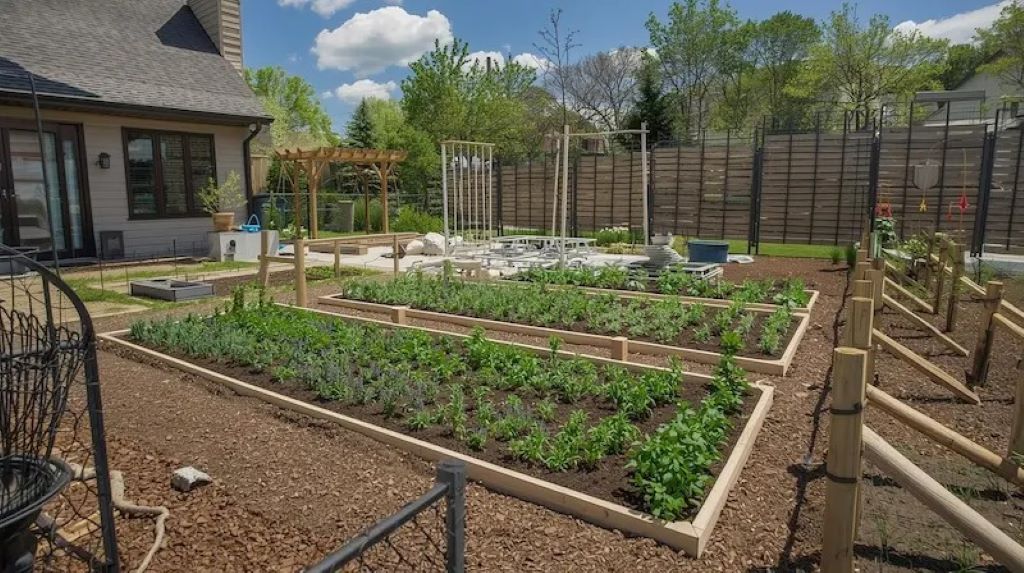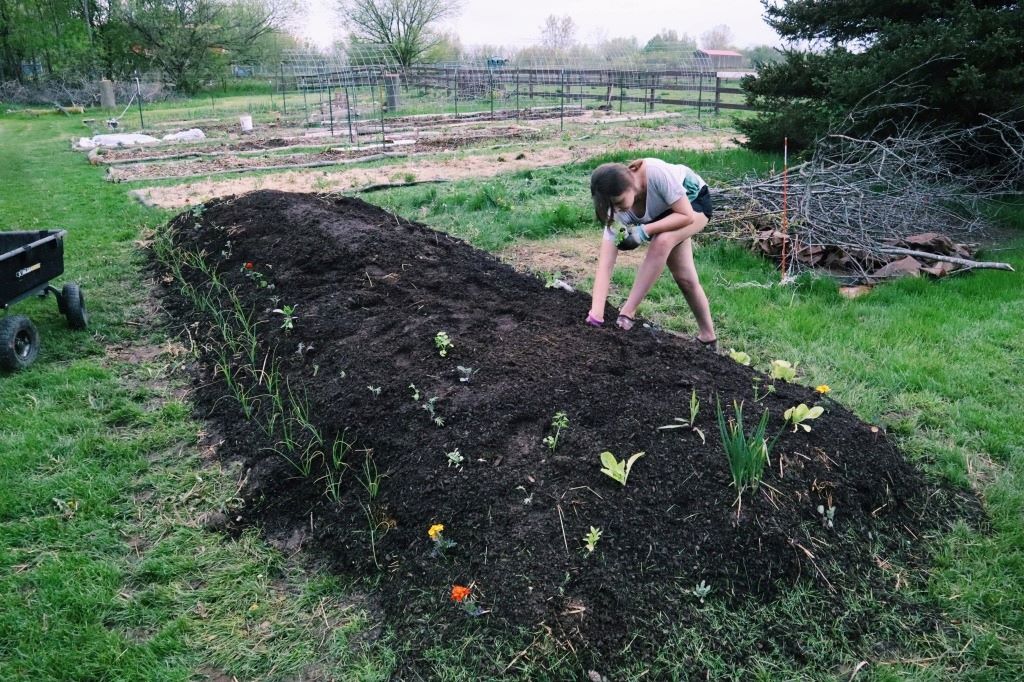What Is a Hugelkultur Bed and Why Should You Build One?
Imagine a garden bed that requires less watering, improves soil fertility, and recycles yard waste—all while boosting plant growth naturally. That’s the magic of hugelkultur (pronounced hoo-gul-culture), an ancient gardening technique gaining popularity among sustainable gardeners.
Originating in Germany and Eastern Europe, hugelkultur involves layering logs, branches, and organic materials to create a self-sustaining raised bed. Over time, the wood decomposes, releasing nutrients, retaining moisture, and reducing the need for fertilizers.
In this guide, you’ll learn how to build a hugelkultur bed step-by-step, including material selection, layering techniques, and long-term benefits. Whether you’re a beginner or an experienced gardener, this method can transform your gardening game.
Why Choose a Hugelkultur Bed?
Before diving into construction, let’s explore why hugelkultur beds are worth the effort:
-
Water Retention
The decomposing wood acts like a sponge, holding moisture and reducing irrigation needs—ideal for drought-prone areas.
-
Soil Enrichment
As the wood breaks down, it releases nutrients (nitrogen, phosphorus, potassium) into the soil, promoting healthy plant growth.
-
Waste Reduction
Instead of burning or discarding fallen branches and leaves, hugelkultur repurposes them into a productive garden bed.
-
Long-Term Fertility
A well-built hugelkultur bed can remain fertile for 5–10 years with minimal maintenance.
-
Improved Drainage & Aeration
The raised structure prevents waterlogging and enhances root development.

Step-by-Step Guide: How to Build a Hugelkultur Bed
Step 1: Choose the Right Location
- Sunlight: Most vegetables need 6+ hours of sunlight daily.
- Accessibility: Ensure easy access for planting and harvesting.
- Drainage: Avoid low-lying areas where water pools.
Step 2: Gather Materials
You’ll need:
- Large logs & branches (hardwoods like oak, maple, or fruit trees decompose slowly; avoid black walnut or cedar, which can inhibit plant growth).
- Smaller woody debris (twigs, sticks).
- Green materials (grass clippings, leaves, manure).
- Topsoil & compost (for the top layers).
- Optional: straw, cardboard (to suppress weeds).
Step 3: Build the Base Layer (Woody Material)
- Dig a shallow trench (optional but helps with moisture retention).
- Place the largest logs at the bottom—this ensures long-term decomposition.
- Add smaller branches & twigs to fill gaps.
Pro Tip: Soak the wood before building to speed up decomposition.
Step 4: Add Nitrogen-Rich Layers
To balance the carbon-heavy wood, layer:
- Grass clippings
- Manure (aged)
- Kitchen scraps (no meat/dairy)
- Leaf mold
This kickstarts decomposition and prevents nitrogen depletion.
Step 5: Top with Soil & Compost
- Cover with 6–12 inches of topsoil and compost.
- Shape the mound into a gentle slope for stability.
Step 6: Plant & Mulch
- First Year: Plant nitrogen-fixing crops (beans, peas) or heavy feeders (squash, tomatoes).
- Mulch with straw or leaves to retain moisture.
Maintaining Your Hugelkultur Bed
Year 1–2:
- Water occasionally (the bed will retain moisture but may need help initially).
- Add compost annually to boost fertility.
Year 3+:
- The bed becomes more self-sufficient as the wood decomposes.
- Top-dress with mulch to replenish organic matter.
Common Hugelkultur FAQs
-
How long does a hugelkultur bed last?
With proper construction, it can remain productive for 5–10 years before needing replenishment.
-
Can I build a hugelkultur bed in a wet climate?
Yes! The raised design improves drainage, but avoid waterlogged areas.
-
Do hugelkultur beds attract termites?
Termites prefer dry wood, and hugelkultur’s moist environment discourages them.
-
What plants grow best in hugelkultur?
- Year 1: Leafy greens, squash, cucumbers.
- Year 2+: Root vegetables, perennials, berries.
Final Thoughts: Start Your Hugelkultur Journey Today
Building a hugelkultur bed is a game-changer for sustainable gardening. It saves water, enriches soil, and turns waste into a thriving ecosystem.
Related Topics:
Turning your Garage into Your Own Home Gym
Essential Guide to Smoke Alarm Maintenance: Keeping Your Safety System Working





+ There are no comments
Add yours